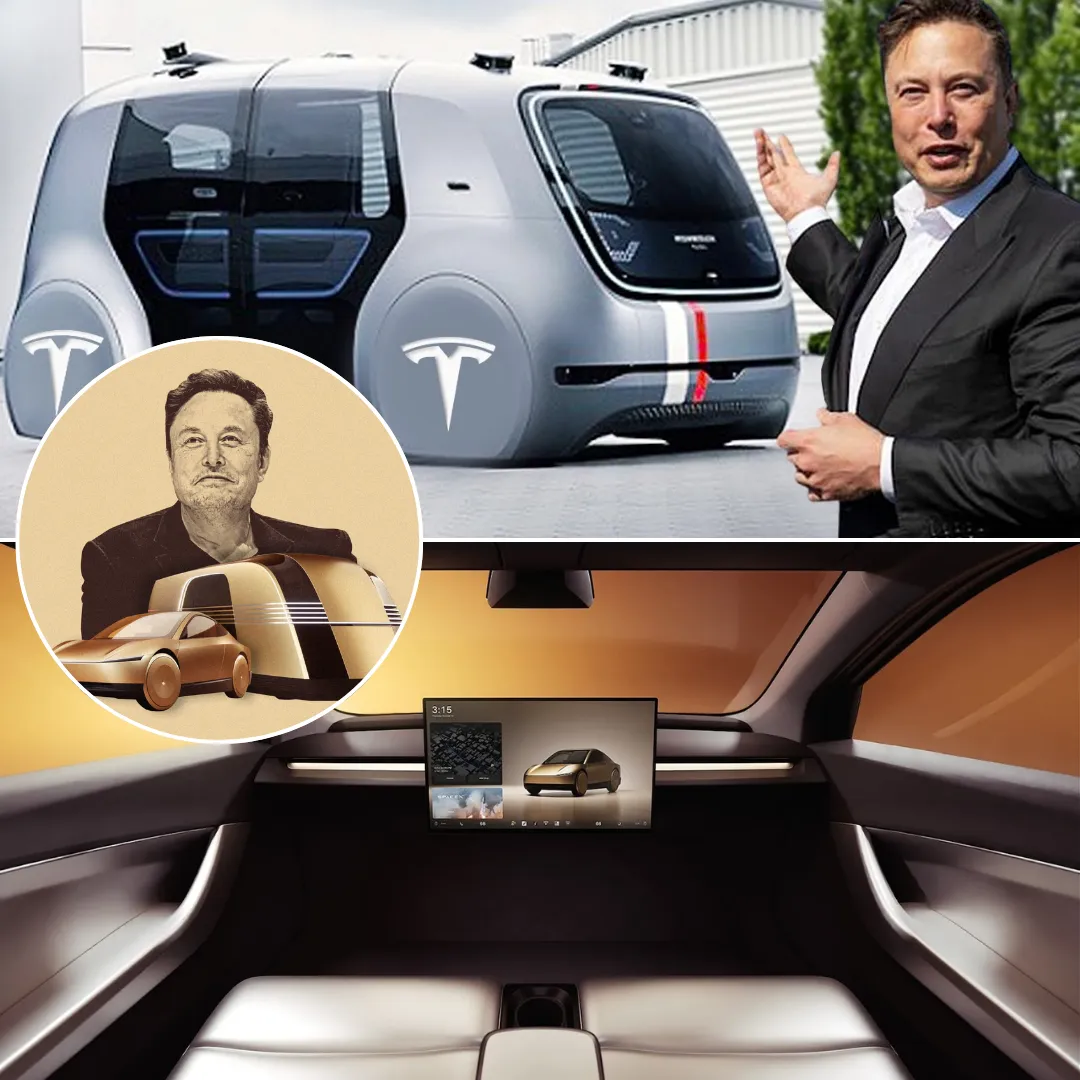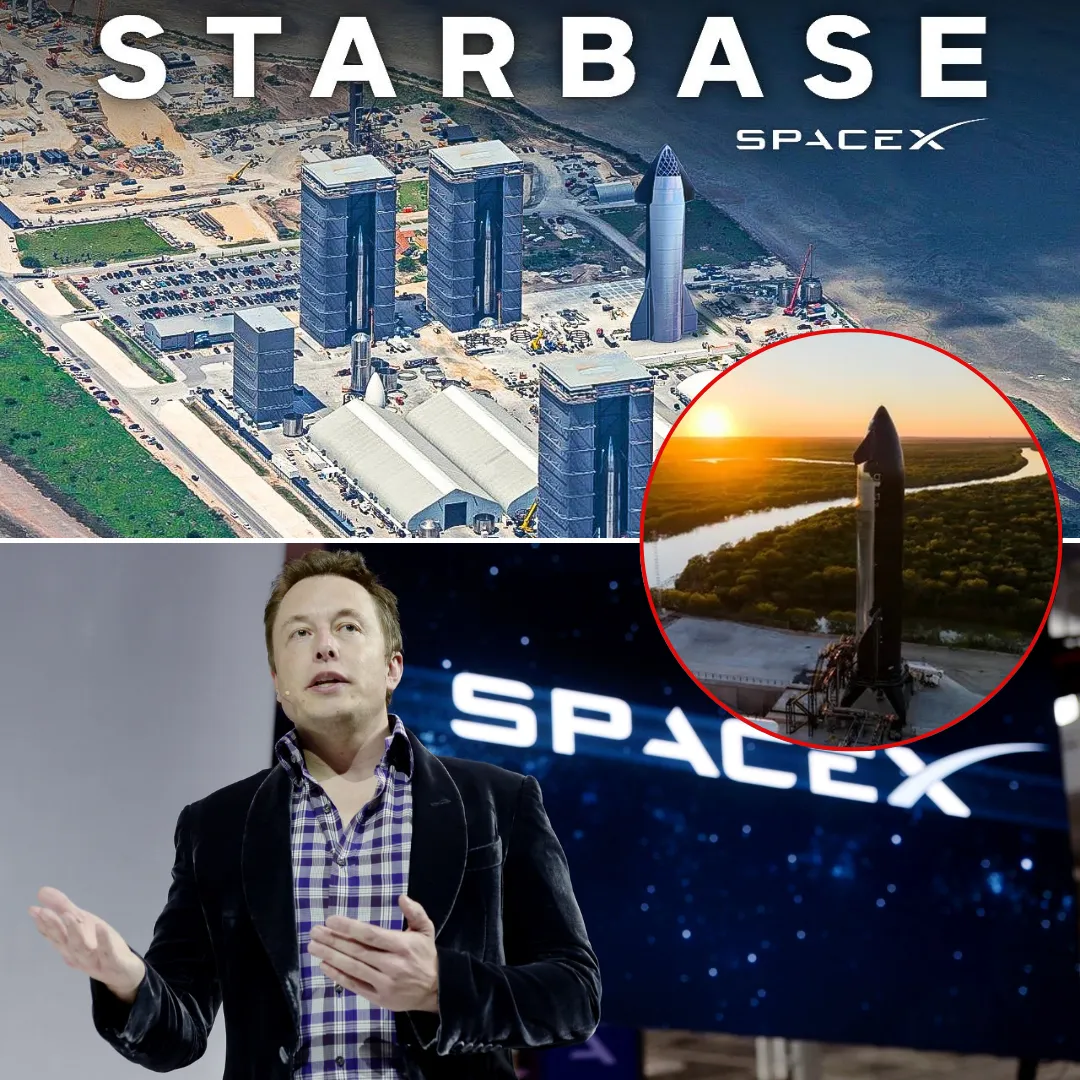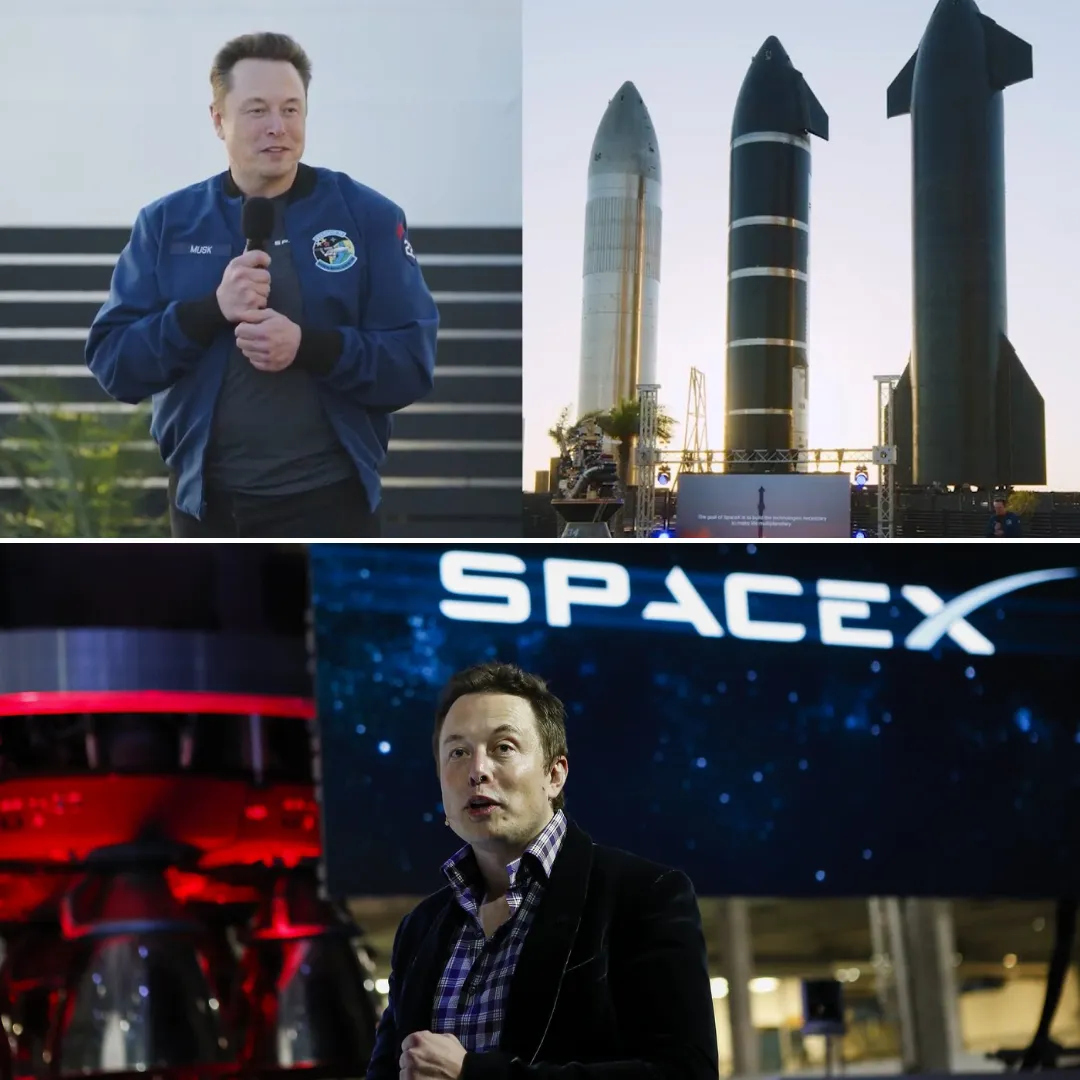
Elon Musk, the maverick CEO of Tesla, has set his sights on a bold new frontier in transportation: the development of self-driving robotaxis. Musk’s vision for a completely autonomous ride-hailing service challenges the traditional model of companies like Uber and Grab.
Rather than acquiring existing ride-hailing giants, Musk intends to disrupt the industry with Tesla’s own fleet of fully autonomous vehicles, integrated with the company’s cutting-edge Full Self-Driving (FSD) technology.
With plans to launch the service by June 2025, the implications of Musk’s vision go far beyond the business itself—they could reshape the entire transportation industry, create a new multibillion-dollar market, and transform the way people interact with personal mobility.
Tesla’s advantage in this race is its massive data advantage. With more than 5 million Tesla vehicles on the road, the company collects a staggering amount of real-world driving data.

According to Automotive News, Tesla vehicles equipped with FSD software travel 50 billion miles annually, providing Musk with a nearly unparalleled dataset to improve the capabilities of the robotaxi fleet.
Every minute, Tesla’s vehicles collect data from approximately 160,000 kilometers of driving, a treasure trove of information that allows the company to refine its AI algorithms and create safer, more reliable self-driving cars.
This data-driven edge is a key part of Tesla’s strategy to dominate the robotaxi market, allowing them to develop and deploy a fleet that is more advanced and data-rich than any competitor’s.
In contrast, rival companies like Uber and Grab rely on human-driven vehicles, making them less efficient in terms of cost and scalability. By contrast, Tesla’s robotaxi model promises to drastically reduce operating costs by eliminating the need for drivers.
This creates a substantial competitive advantage, allowing Tesla to offer lower prices for consumers while generating substantial revenue from each vehicle on the road.

The broader implications for the ride-hailing industry are immense, as a shift to fully autonomous vehicles could decimate the current business models of human-driven ride-hailing companies, drastically reducing labor costs while increasing the profitability of the industry as a whole.
The Tesla robotaxi system will not be limited to just Tesla-owned vehicles. Musk plans to leverage Tesla’s existing customer base by allowing owners of Tesla vehicles to share their cars with others on the Tesla platform, similar to Airbnb’s model for homes.
This shared economy aspect would significantly increase the number of available robotaxis without requiring Tesla to own all the vehicles, further enhancing the scalability of the service.
By allowing individuals to monetize their personal Tesla vehicles, Tesla can expand the reach of its robotaxi network much more quickly and at a fraction of the cost of traditional vehicle fleets.
Musk’s ambitious timeline aims to roll out the robotaxi service in Austin, Texas, in June 2025, starting with just 10 vehicles. The fleet is expected to scale rapidly, with plans to expand to 20, 30, and ultimately 1,000 vehicles within a few months.

While the initial launch will operate on a limited basis, with remote intervention available in case the system encounters complex situations, the long-term goal is to have a fully autonomous robotaxi service that does not require human drivers at all.
Musk’s ultimate ambition is to deploy 1 million self-driving vehicles across the United States by the end of 2026, assuming regulatory approval and state-level licensing requirements are met.
The potential financial rewards of Musk’s robotaxi vision are staggering. According to Electro IQ, the self-driving car and robotaxi market could generate up to $1.2 trillion in revenue by 2025, a massive opportunity that Musk is positioning Tesla to dominate.
Tesla’s ability to generate substantial revenue from its robotaxi fleet, along with its existing ventures in electric vehicles and energy storage, will further solidify its position as a leader in the future of transportation.
Coherent Market Insights also estimates that the global robotaxi market will reach $4.23 billion by 2025 and grow at a compound annual growth rate (CAGR) of 64.1%, reaching $135.74 billion by 2032. The ability to capitalize on these trends positions Tesla for massive long-term growth, reshaping the way people think about personal transportation.

The rapid rise of Tesla’s robotaxi initiative comes at a time when the broader autonomous vehicle market is experiencing explosive growth. MarketsandMarkets predicts that the number of self-driving cars sold will increase from 37.09 million in 2024 to 76.22 million by 2035, with a CAGR of 6.8%.
The potential for autonomous vehicles to revolutionize personal mobility is clear, but challenges remain. Regulatory hurdles, safety concerns, and technological limitations must all be overcome before robotaxis can become a mainstream reality.
Nevertheless, Tesla’s early moves in the market and its vast data collection efforts give it a significant advantage over competitors. Tesla’s robotaxi initiative is not without its competition.
Companies like Waymo, a subsidiary of Alphabet (Google’s parent company), have been testing autonomous vehicles for years and have already logged millions of miles in real-world trials.
Waymo’s autonomous vehicles are integrated with lidar, radar, and camera systems, providing a robust sensor suite designed for safe navigation in urban environments.

Lyft, another major player in the ride-hailing space, has partnered with companies like May Mobility, Mobileye, and Marubeni to develop its own autonomous vehicle network, with plans to roll out these vehicles by the summer of 2025.
These partnerships allow for the sharing of research and resources, potentially speeding up the development of autonomous ride-hailing fleets. However, Tesla’s advantage lies in its massive fleet of data-collecting vehicles and its vertically integrated approach to both vehicle manufacturing and AI development.
Tesla’s autonomous driving system is deeply embedded in its vehicles, giving the company a significant edge over rivals who must rely on third-party hardware and software.
The company’s ability to continuously refine its self-driving algorithms using real-world data collected from millions of miles of driving further strengthens its position in the race to deploy robotaxis.

Despite these advantages, Musk’s robotaxi vision faces significant challenges, particularly in terms of safety and regulatory approval. Tesla’s Autopilot system has faced criticism over safety concerns, including accidents involving vehicles operating in autonomous modes.
Although Tesla’s safety record is better than that of human drivers, incidents involving Autopilot and the growing number of self-driving vehicles on the road have led to increased scrutiny from regulators.
Tesla’s robotaxi system will need to overcome these concerns, proving that it can operate safely in a variety of real-world environments without human intervention.
Additionally, the regulatory landscape for autonomous vehicles in the United States is fragmented, with each state setting its own rules for self-driving car testing and deployment. In California, for example, Tesla is still awaiting approval for its robotaxi program.
Musk has repeatedly called for a more unified national approach to autonomous vehicle regulations, which would help streamline the process of deploying robotaxi fleets across the country. However, this process may take years, with some states more willing to embrace autonomous vehicles than others.
There are also legal challenges related to liability in the event of accidents involving robotaxis. Who will be held responsible if a robotaxi is involved in a collision or causes damage?
These questions will need to be addressed as autonomous vehicles become more common, and Tesla will need to work closely with regulators to create a legal framework for self-driving car operations.
In summary, Elon Musk’s robotaxi vision represents a game-changing opportunity for Tesla and the global transportation industry. With an eye on a $1.2 trillion market, Tesla is positioning itself at the forefront of the autonomous vehicle revolution.

The massive data advantage Tesla has amassed through its FSD-enabled vehicles provides the company with an unparalleled edge over its competitors. However, significant challenges remain, including regulatory approval, safety concerns, and the competition from other autonomous vehicle companies.
If Musk’s vision becomes a reality, it will mark the beginning of a new era in transportation, one where autonomous vehicles dominate the roads, reducing traffic, improving safety, and revolutionizing the way people think about personal mobility.




